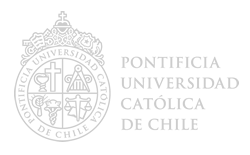Effect of cutting frequency on the yield and properties of elephant grass biomass for bioenergy and animal feed
Abstract
The objective of this study was to evaluate the biomass production and the potential use of the elephant grass hybrid Carajas for animal feeding and bioenergy production under different cutting frequencies. A randomized block design with a 3×3 factorial arrangement was used to evaluate the potential of the grass as animal feed (in natura, silage and hay form; cutting at 60, 75 and 90 days). A randomized block design with three treatments (three cutting intervals, 60, 75 and 90 days) was also used to evaluate the grass for biomass production and its potential use as an energy source in briquette form. The total forage biomass, leaf blade and stem biomass, dry matter, neutral and acid detergent fiber contents, mass and higher heating value increased with cutting interval, whereas the crude protein, ash and moisture contents decreased with cutting interval. Regardless of the cutting interval, the in natura material presented higher values of all content parameters than silage and hay. The Carajas hybrid can be used as animal feed in in natura, silage and hay form, and the recommended cutting interval for use as animal feed is 60 days. The Carajas hybrid also shows potential for use in bioenergy production in briquette form, with a suggested cutting interval of 90 days.
Keywords
Full Text:
PDFDOI: http://dx.doi.org/10.7764/ijanr.v47i1.1964

This work is licensed under a Creative Commons Attribution 4.0 International License.

